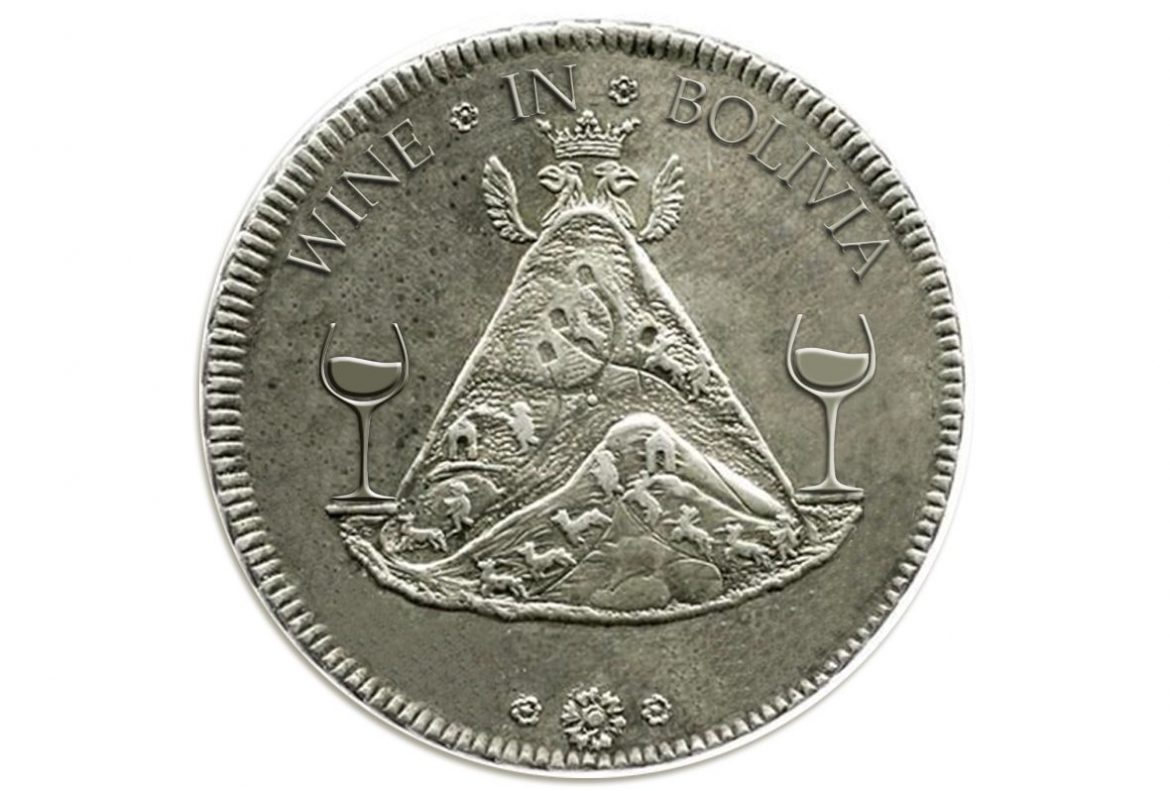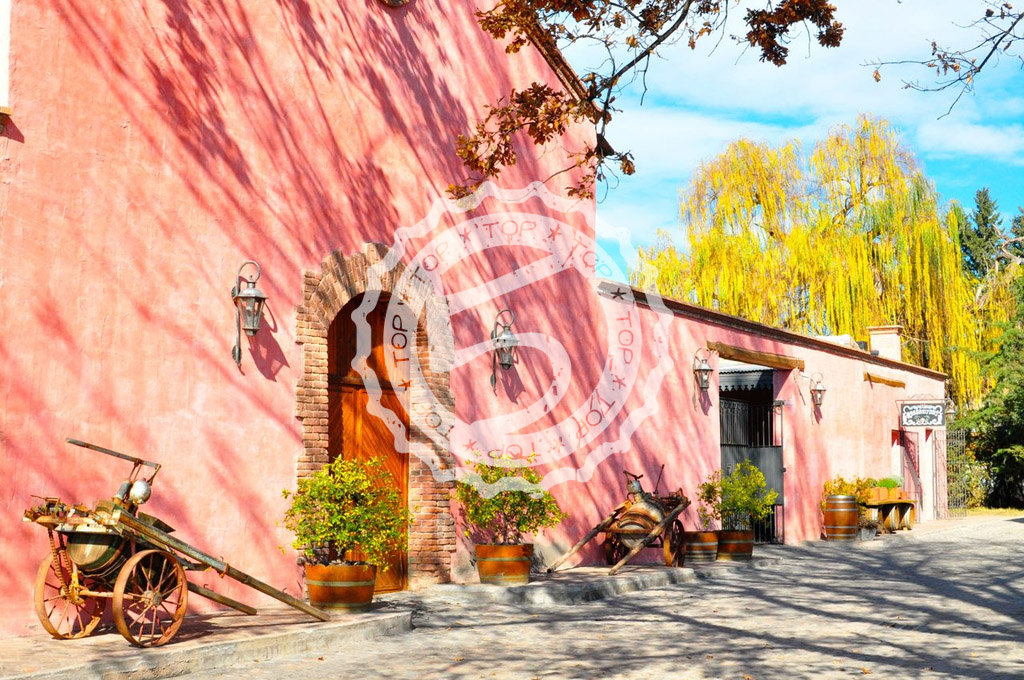There’s something quite magical about old vines in Bolivia. Wrapped around large trunks of pink peppercorn ‘molle‘ trees, the vines crawl up to the height of their host and spread far and high. They intertwine with tree branches and other usurping vines, providing a true field blend (or tree blend if you will) of Criolla grape varieties.
The existence of these old vines and old viticulture methods give you a hint at the long history of wine in Bolivia.
1560s: The first chapter in Bolivian wine history
It is during the colonial times that grapevines were spread throughout the continent, and grapevines were first planted in Bolivia in 1560s by the Spanish missionaries. The first vines to arrive to the continent were the Criolla varieties, most importantly Negra Criolla (aka. País, Criolla Chica, the Mission grape) and Moscatel of Alexandria.
Although the tropical Bolivian climate proved difficult in certain regions, the drier high-altitude plains in the Andean mountain ranges were perfectly suitable for viticulture.
Bolivia’s economic boom spurs wine production & gives birth to singani
In 1545 an important discovery was made – the Cerro Rico of Potosí. This rich silver mine was of legendary proportions and there was a silver rush with miners coming from all corners of the world to dig out their own fortune. By the 1630s, Potosí was a capital of global dimensions – with a greater population than London – and the mines of Potosí were the richest and largest silver mines the world had seen.
Potosí was the world leader in producing silver coins and helped fill the coffers of many living there. On the other side of the coin, however, there were tens of thousands of indigenous people and African slaves working in appalling conditions who never profited from the discovery and perished at the brutal mining conditions.
But as silver and wealth flooded the Bolivian economy, there was a greater demand for celebratory drinks – at least for some – and the wine industry flourished. This is also the period in which Bolivian wine, specifically Moscatel of Alexandria, started to be distilled into a local brandy – singani. Imbibing in singani was not only a drink of celebration but the highly alcoholic spirit was also used to withstand the trauma of working in the mines.
Modernisation of wine production and singani production
Modernisation of the wine industry and singani production was slow and it was only at the turn of the 20th century that European technology began to infiltrate Bolivian wine regions. Production began to move from an artisan scale to a more commercial scale (although nothing compared to neighbouring Chile and Argentina).
Towards the end of the 1970s, European grape varieties began being planting on a larger scale and the wine industry became concentrated in the valley of Tarija in southern Bolivia.
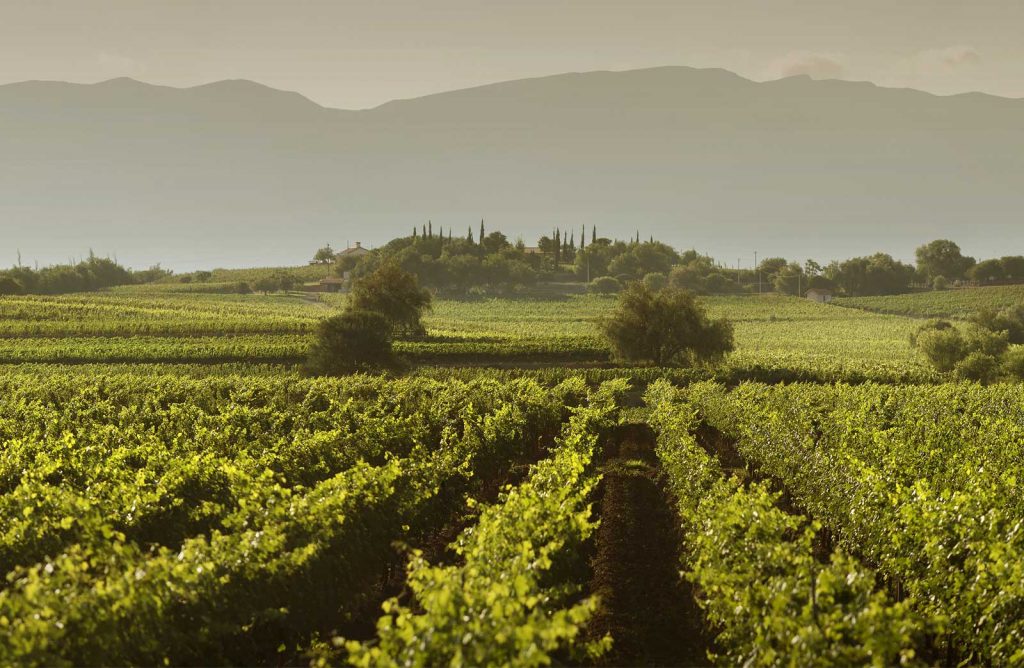
Bolivian wine production today
In Bolivia, there are over 3,000 hectares of vineyards planted. The most important wine region by far is Tarija, which accounts for over 90% of Bolivia’s wine production. Although international grape varieties like Tannat and Syrah dominate the headlines, the most planted grape variety in Bolivia is still one of the original vines to be planted, the Criolla variety of Moscatel of Alexandria, which is used mainly for producing wine to be distilled into singani.
Popularly planted international varieties in Bolivia include Cabernet Sauvignon, Syrah, Merlot, Malbec, Tannat, Garnacha, Barbera, Sauvignon Blanc, Riesling, Franc Colombard and Chenin Blanc.
Read more on top grape varieties in Bolivia.
Wines regions of Bolivia
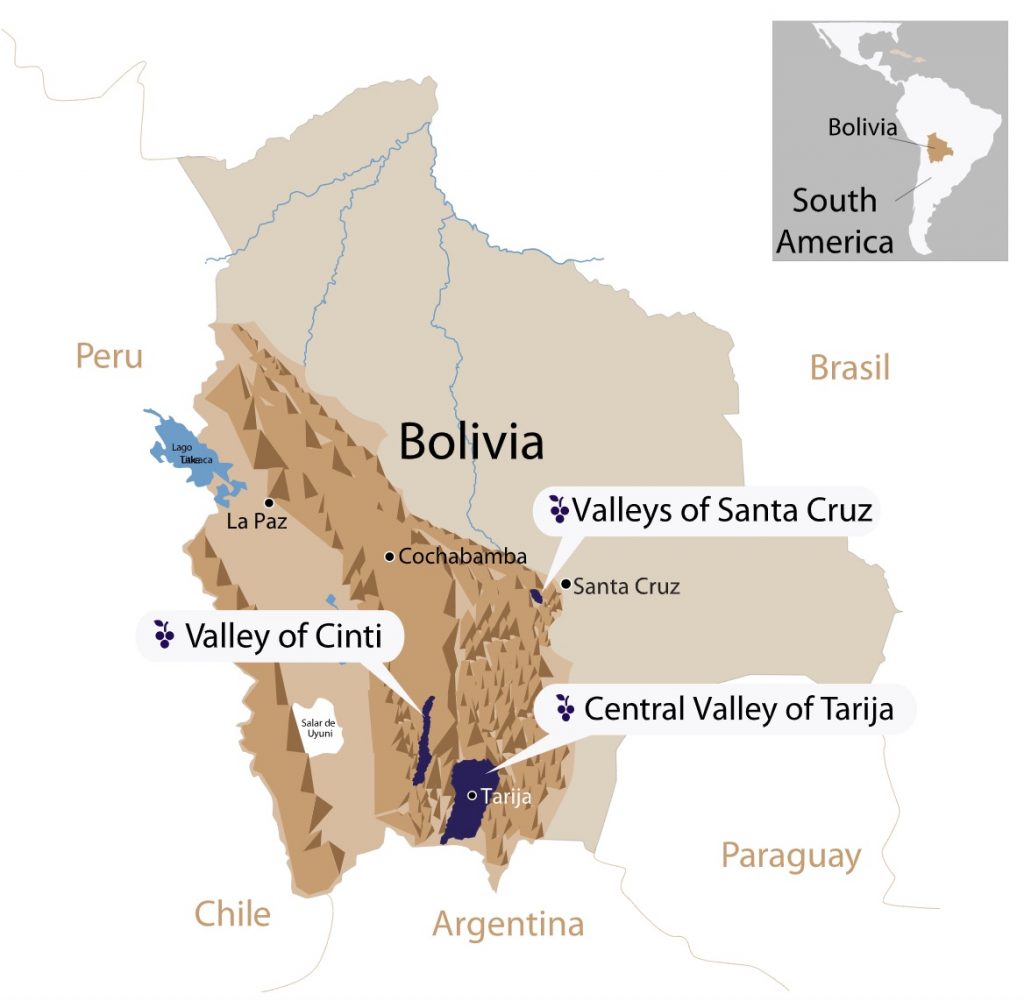
Tarija Valley
The Tarija Valley produces the large majority of Bolivian wine and has over 2,400 hectares of vineyards planted. Altitude ranges from 1,600 to 2,150 metres above sea level. You can read more on the terroir and climate of Tarija Valley in this infographic.
Cinti Valley
The Cinti Valley, or Valley of Los Cintis, has approximately 300 hectares of vineyards planted and the altitude is much higher than in Tarija – ranging between 2,220 and 2,414 metres above sea level. Here you find some interesting artisan producers today.
Santa Cruz Valley
The valleys of Santa Cruz has a much smaller wine production although it is in high demand due to its proximity to one of Bolivia’s wealthiest cities. There are 100 hectares of vineyards planted and the altitude ranges between 1,600 and 2,030 metres above sea level.
Other wine regions in Bolivia
There are approximately 200 hectares more of vineyards in Bolivia, spread around the country. These smaller valleys include vineyards planted in the regions of Potosí, Cochabamba and La Paz. Altitude in these smaller valleys can range up to 3,000 metres above sea level.
Wineries in Bolivia
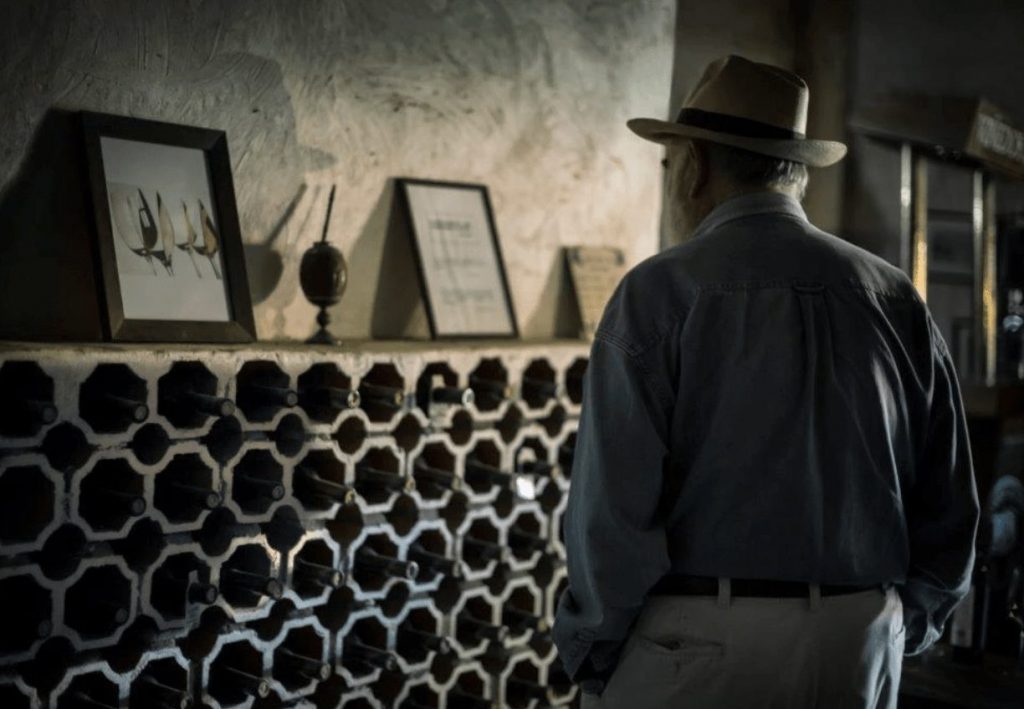
There are many smaller artisan and garage producers of wines in Bolivia, however, the main industry is concentrated between 25 different wineries in Bolivia.
Wineries in Bolivia worth looking out for include:
- La Concepcion
- Sausini
- Kohlberg
- Tierra Roja
- Cepa de Oro
- Aranjuez
- Uvairenda
- Campos de Solana
- Marquez de la Viña
- Cepas de Fuego
- Cruce del Zorro
- Kuhlmann
- Magnus
- Landsua
- Marcelo Vacaflores
Take a look at our winery guide for Bolivia to discover wineries in Bolivia.
